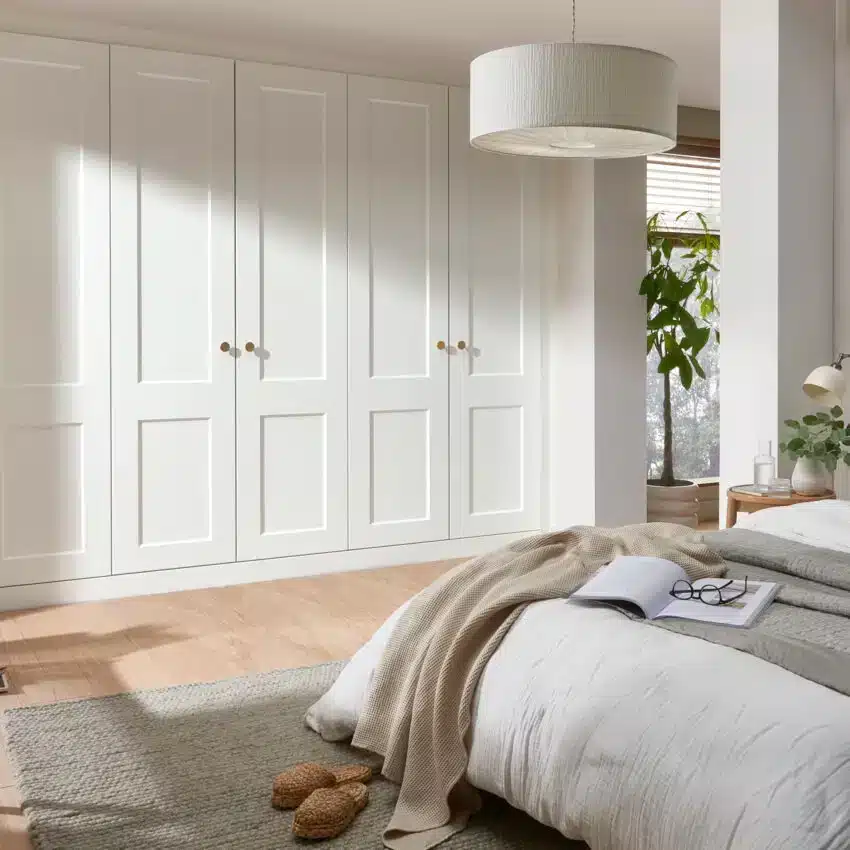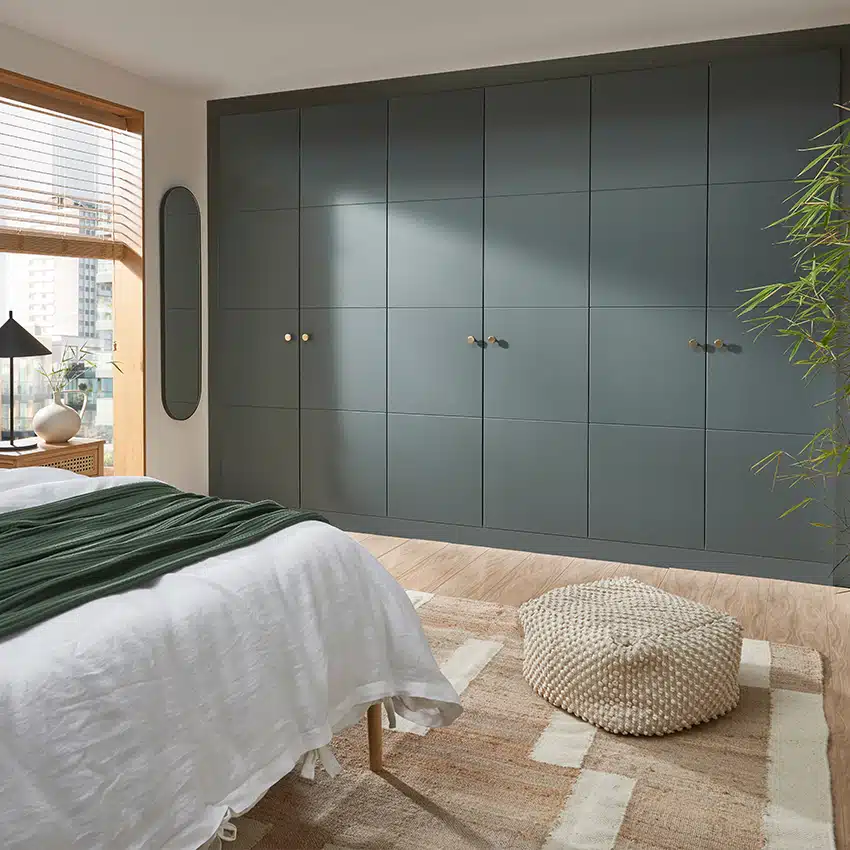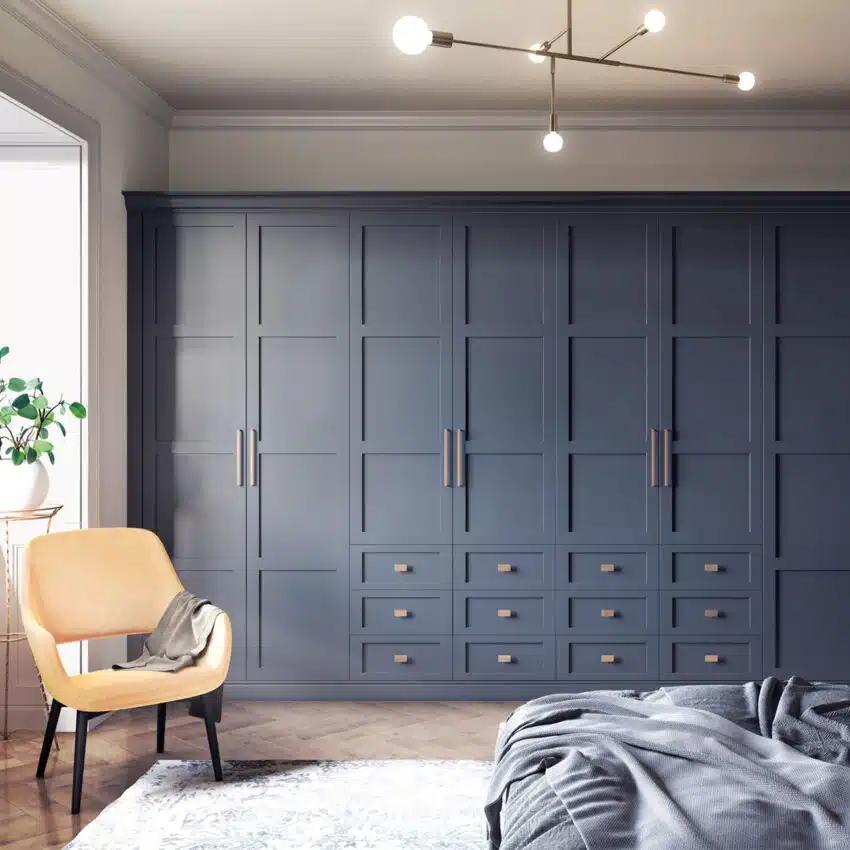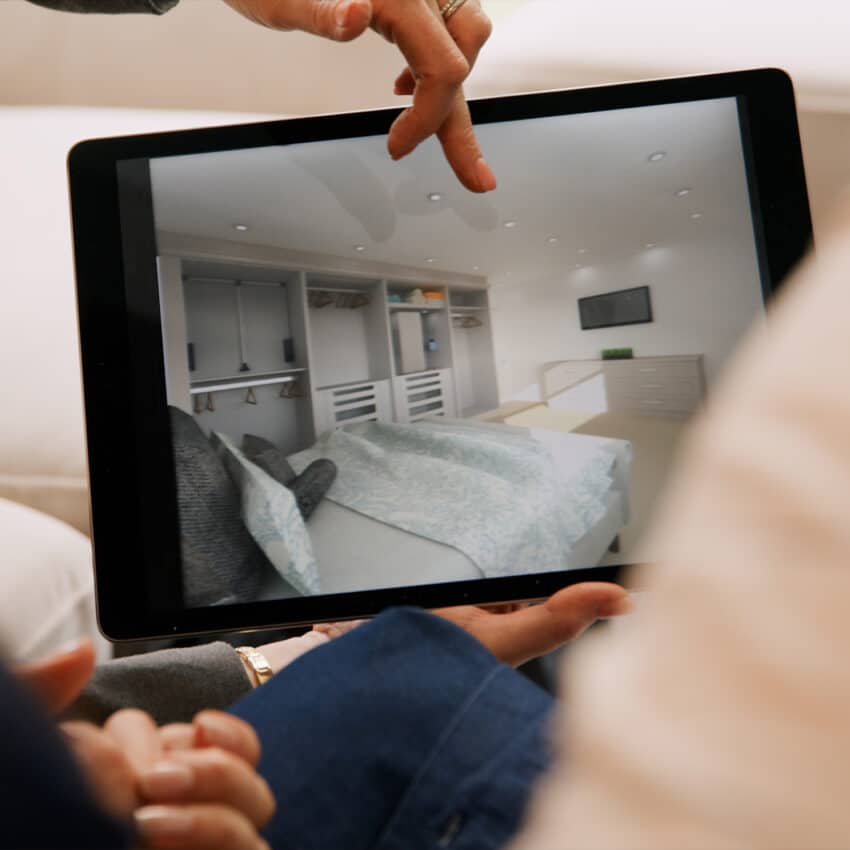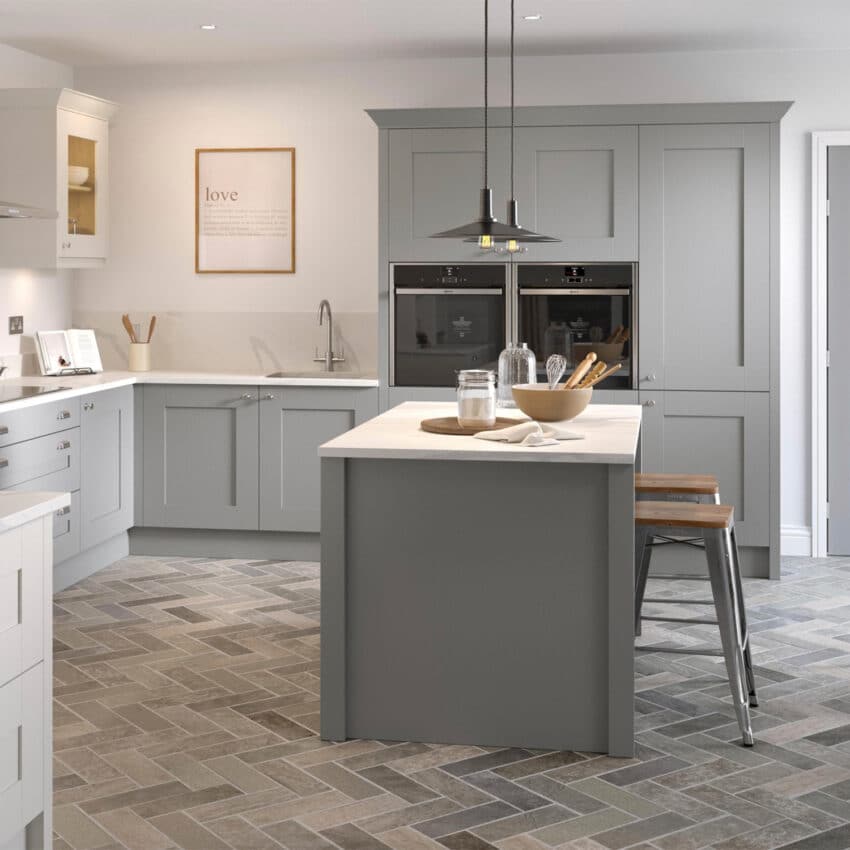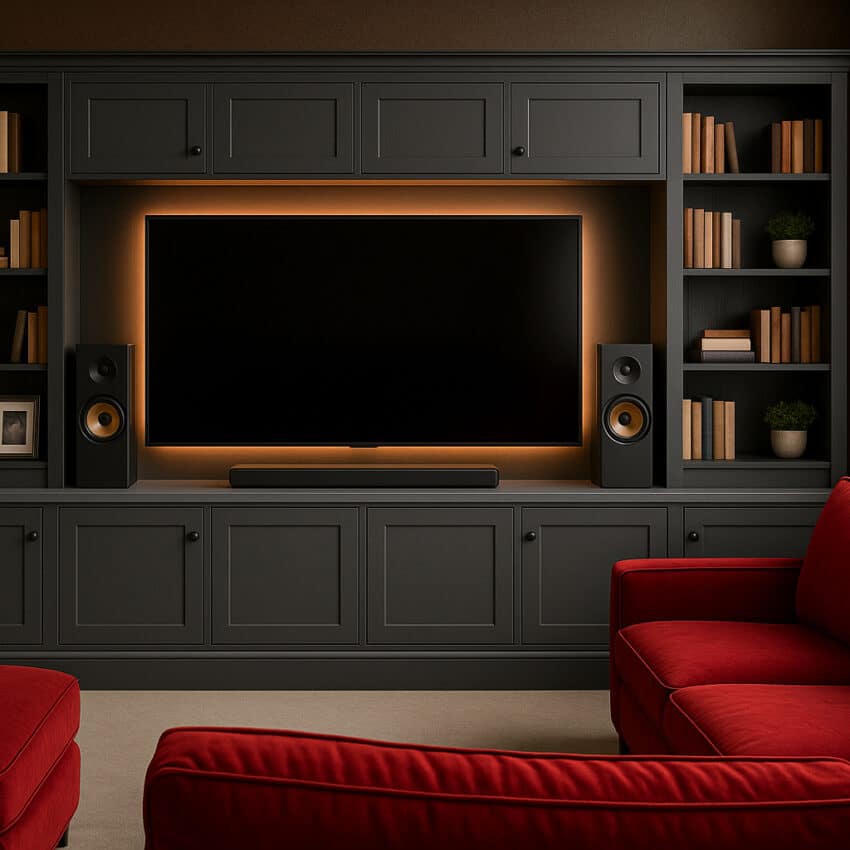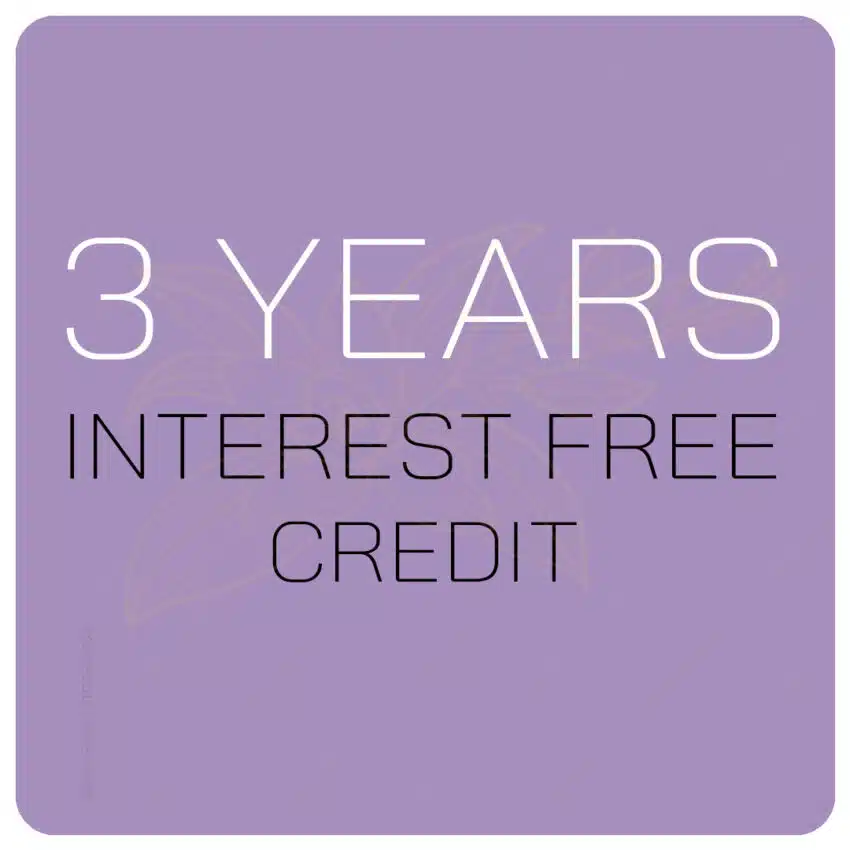The Rise and Fall of Grey in Interior Design: Is Its Reign Over?
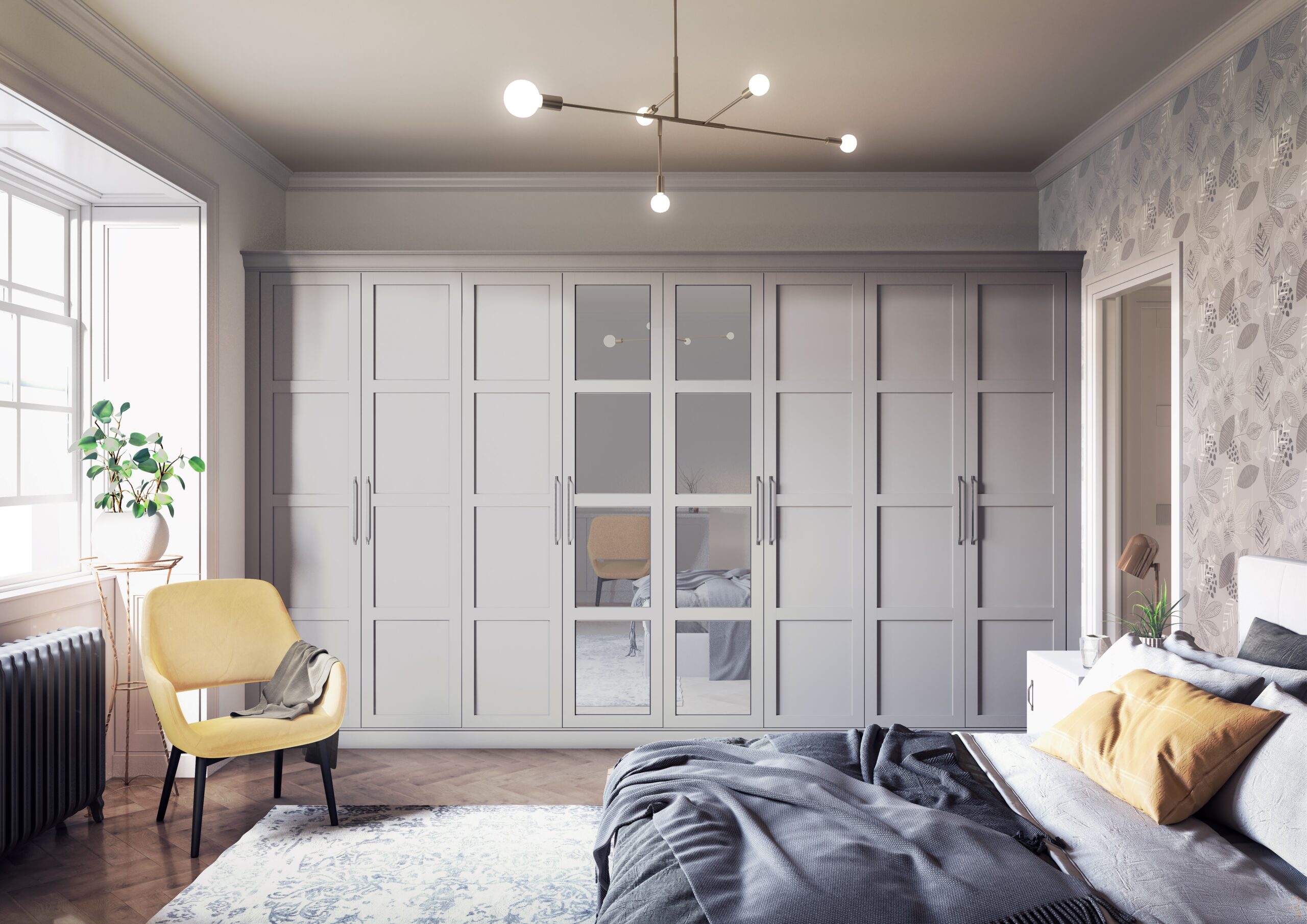
Over the past decade, grey has dominated the world of interior design, particularly in bedroom furniture and decor. Its versatility, timeless appeal, and neutral nature have made it a go-to choice for creating serene and stylish spaces. However, as design trends continually evolve, questions arise: Is grey’s popularity beginning to wane? Are homeowners and designers now seeking alternatives to this once omnipresent shade?
This article explores the reasons behind grey’s dominance, its potential decline, and how the evolution of digital platforms is reshaping interior design trends, including what might become the “new grey.”
Why Grey Became the Go-To Colour
Grey’s prominence in interior design can be attributed to a combination of societal influences, cultural shifts, and its inherent design qualities.
-
Grey as a Neutral Canvas
Grey became the perfect backdrop for modern interiors. It’s neutral yet sophisticated, complementing virtually every colour and material, from vibrant accents to natural wood finishes. Its adaptability made it a favourite for minimalistic and contemporary design styles.
Additionally, grey conveys a sense of calm and balance, qualities highly sought after in personal spaces like bedrooms. Its versatility spans cool-toned shades for sleek, urban aesthetics to warmer greys that evoke cosiness.
-
Societal Influences
The rise of grey coincided with global shifts in lifestyle and culture:
– Urban Living: As urbanisation increased, many sought interiors that mirrored cityscapes. Grey’s association with modern architecture, concrete, and steel made it a natural fit for urban homes.
– Economic Uncertainty: During times of uncertainty, such as the late-2000s recession and its aftermath, neutral tones like grey offered a sense of safety and stability in home design.
– Minimalism: Grey aligned with the minimalistic trend that surged in popularity as people embraced decluttering and simplicity, partly inspired by movements like Marie Kondo’s “spark joy” philosophy.
-
The Power of Social Media
Social media platforms like Instagram, Pinterest, and TikTok amplified grey’s popularity. Influencers and design enthusiasts shared countless images of stunning grey-themed interiors, from sleek Scandinavian bedrooms to luxurious hotel-inspired sanctuaries.
– Instagram’s Visual Appeal: Instagram, with its focus on aesthetics, was pivotal in elevating grey. Influencers showcased how grey could be styled in endless ways, from monochromatic palettes to bold contrasts with pops of colour.
– Pinterest Boards: Pinterest became the go-to for collecting grey-centric mood boards. Searches for “grey bedroom ideas” surged as homeowners sought inspiration for their renovations.
– TikTok Trends: TikTok’s bite-sized videos introduced quick DIY projects and home makeovers featuring grey furniture and walls, making it accessible for younger audiences.
The influence of these platforms created a ripple effect, with homeowners replicating the grey-dominant looks they saw online.
Is Grey’s Popularity Starting to Decline?
While grey remains a popular choice in interior design, there are signs that its dominance may be waning.
-
The Rise of Warm and Earthy Tones
Recent trends have seen a shift towards warmer, more inviting palettes. Earthy tones like cashmere, terracotta, beige, and muted greens are gaining traction, reflecting a desire for nature-inspired interiors. These colours evoke comfort and connection, a response to the increased time spent at home during the COVID-19 pandemic.
-
Bold Colour Comebacks
In contrast to grey’s understated nature, bold colours like deep blues, emerald greens, and mustard yellows such as Dulux’s Colour of 2025 True Joy are making a strong comeback. This resurgence can be attributed to the growing influence of maximalism, which celebrates vibrant, eclectic designs.
-
Changing Perceptions of Grey
While grey is still appreciated for its neutrality, some view it as overly safe or even sterile. As people seek more personal and expressive interiors, they are exploring alternative hues that better reflect their individuality.
How People Research Interior Design Projects Today
The way people approach interior design has evolved dramatically. Once reliant on printed magazines and showrooms, today’s homeowners turn to digital platforms for inspiration and guidance.
-
From Magazines to Pinterest
In the past, interior design magazines like Ideal Home, Architectural Digest and Elle Decor were the ultimate sources of inspiration. Readers would pore over glossy pages to find the latest trends and styles.
Today, platforms like Pinterest offer endless possibilities at the click of a button. Users can curate personalised mood boards, search for specific themes (e.g., “Japandi grey bedroom”), and discover global trends in real time.
-
Instagram’s Visual Showcase
Instagram allows users to see how design trends translate to real-life spaces. From influencer homes to professional designer projects, the platform offers a constant stream of ideas.
– Hashtags: Hashtags like BedroomGoals or GreyAesthetic make it easy to explore specific trends.
– Interactive Features: Stories, polls, and Q&A sessions with designers provide instant feedback and engagement.
-
TikTok: Fast and Fun Inspiration
TikTok has emerged as a powerful player in the design world. Its quick, engaging format makes it perfect for showcasing room makeovers, DIY hacks, and trend predictions. TikTok’s algorithm often pushes niche trends, giving rise to micro-movements like “cottagecore” or “dark academia.”
-
Online Shopping and Virtual Tools
E-commerce and virtual design tools have made it easier than ever to experiment with ideas. Augmented reality (AR) apps, for instance, allow users to visualise how grey furniture or alternative colour schemes would look in their homes before committing to a purchase.
-
The Role of Influencers and Bloggers
Influencers continue to play a pivotal role in shaping trends. Whether through Instagram posts, YouTube room tours, or TikTok transformations, their content can catapult specific colours or styles into the mainstream.
What Will Be the “New Grey”?
Digital platforms will undoubtedly determine the next dominant colour trend in interior design. But what might take grey’s place?
-
Earthy and Natural Tones
As sustainability becomes a priority, colours inspired by nature are likely contenders. Soft greens, warm browns, Cashmere and creamy beiges create serene, eco-friendly spaces that resonate with modern values.
-
Rich Jewel Tones
For those seeking a touch of luxury, jewel tones like emerald green, sapphire blue, and amethyst purple are emerging as favourites. These shades pair beautifully with both neutral and metallic accents.
-
Muted Pinks and Terracotta
Blush tones and terracotta are gaining popularity for their warmth and versatility. These colours work well in minimalist and bohemian styles, offering a softer alternative to grey.
The Influence of Social Media on Future Trends
Social media will remain the driving force behind what becomes the “new grey.” Platforms like Pinterest and TikTok are increasingly democratising design, allowing global audiences to shape trends collectively.
– Algorithmic Influence: The more a specific trend gains traction online, the more it spreads.
– Collaborations: Designers and influencers often collaborate with brands, introducing new palettes and styles to their audiences.
– Real-Time Trends: Unlike printed magazines, digital platforms provide instant updates on what’s trending, enabling rapid shifts in preferences.
So, what next?
Grey’s dominance in interior design, particularly in bedroom furniture, reflects its timeless appeal and versatility. However, as trends evolve, its popularity is beginning to face competition from warmer, more vibrant hues. Digital platforms like Instagram, Pinterest, and TikTok have redefined how people research and adopt design trends, offering endless inspiration at their fingertips.
While grey is unlikely to disappear entirely, the next “it” colour will emerge through the collective power of digital media. Whether it’s earthy tones, jewel shades, or muted pastels, one thing is certain: social media will play a central role in shaping the future of interior design. What will be the new grey? Only time—and our digital feeds—will tell.

